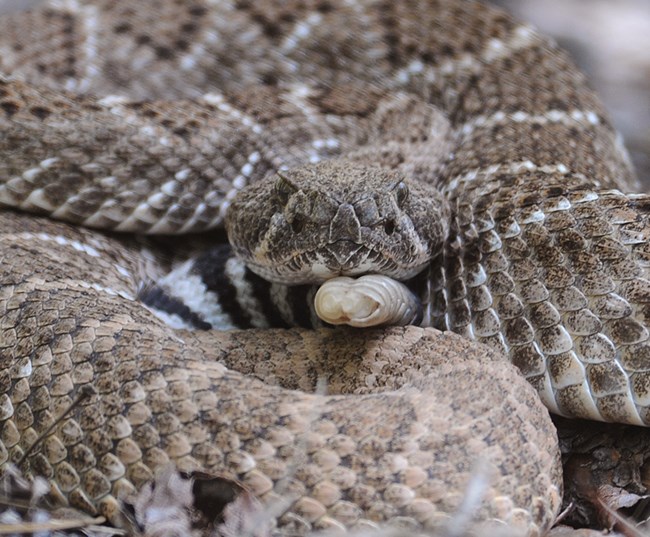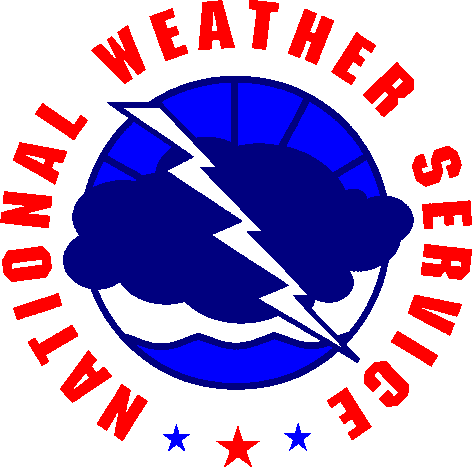
NPS / Sally King PreparationSummer is a great time of year to visit Bandelier National Monument! But be sure to plan ahead before leaving the house.

NPS / Zachary Whitlow ShuttlesBandelier National Monument's shuttle is seasonally operated, typically running from mid-May to mid-October. The shuttle runs daily starting at 10 am and picks up at the Frey Trail parking lot and brings you to the park visitor center. The shuttle buses run every 30 minutes. These shuttles are operated in partnership with Atomic City Transit in Los Alamos County. Why is there a shuttle?Bandelier National Monument began utilizing a mandatory shuttle in Summer 2012 to help alleviate parking congestion and to prevent the need to turn cars around when the parking lots were full. The shuttle allows the park to accomodate more visitors. Does the shuttle take me directly to Ancestral Puebloan archaeological sites?No. The shuttle only provides transportation between the Frey Trail parking lot and the Bandelier National Monument Visitor Center during the busy season (typically mid-May to mid-October).Can I drive anywhere else in the park?Yes. You can still drive into a number of areas of the park any time of the day including Juniper Campground, Tsankawi, and to the many trails outside of Frijoles Canyon located along NM Highway 4. Remember the park closes at sunset, so plan to leave before that time. 
NPS 
NPS Summer Heat & SunThe heat adds increased risk to any summer activity in the park: driving, hiking, sightseeing, camping, photography, and more.
Where can I get water? Water bottle fill stations are located at Bandelier National Monument Visitor Center, Falls Trail, Cottonwood Overflow Parking Lot, and Frey Trail. Please enter the park prepared with plenty of water stored in your car and/or backpack. 
NPS / Sally King Wildlife in the SummerThe heat affects the park’s wildlife, including rattlesnakes, which are highly active in the summer.
Loading weather forecast... |
Last updated: May 16, 2025

